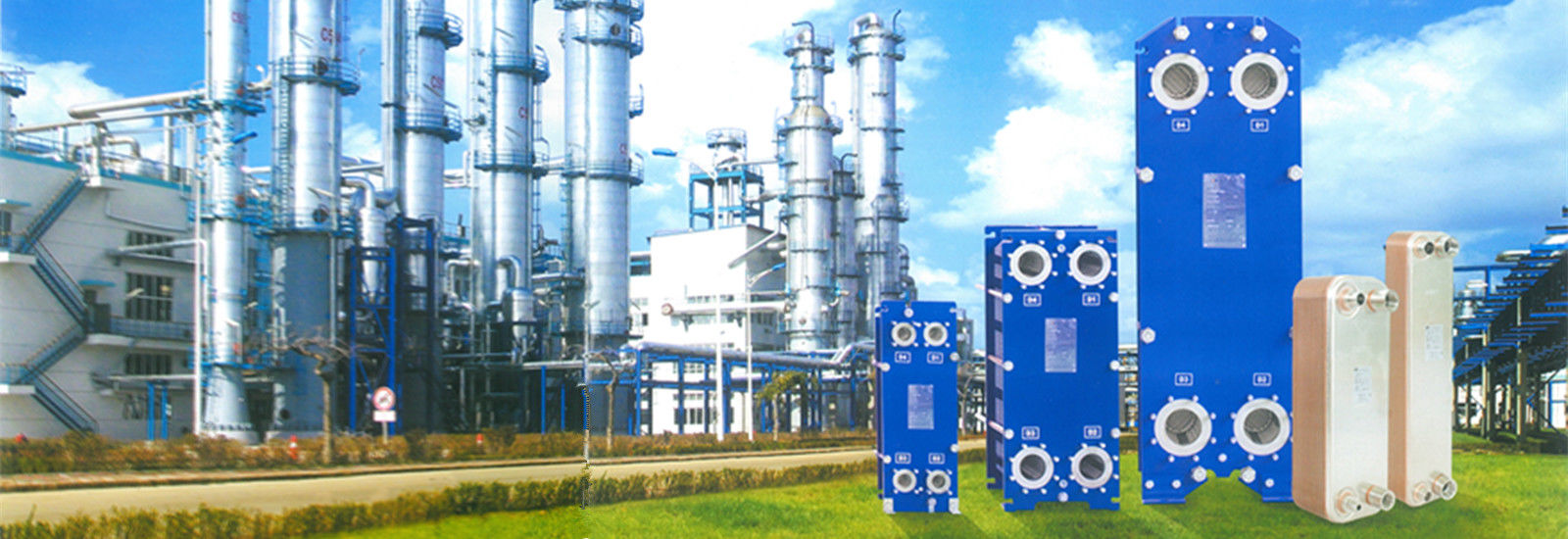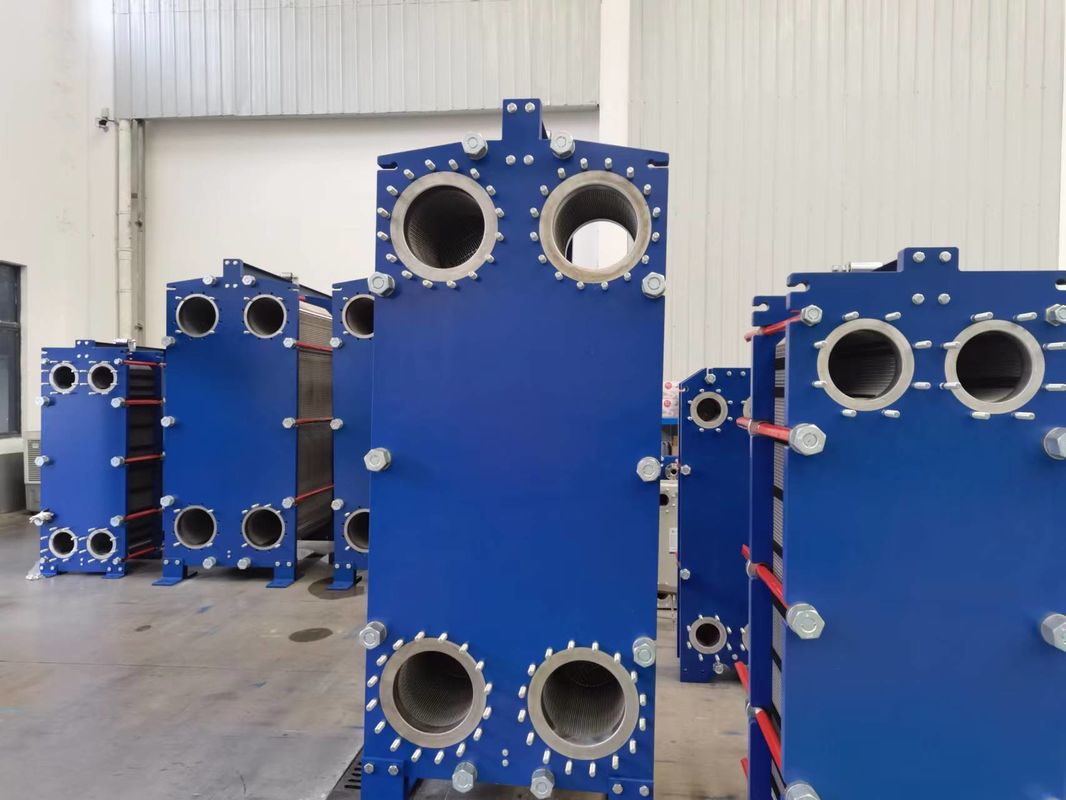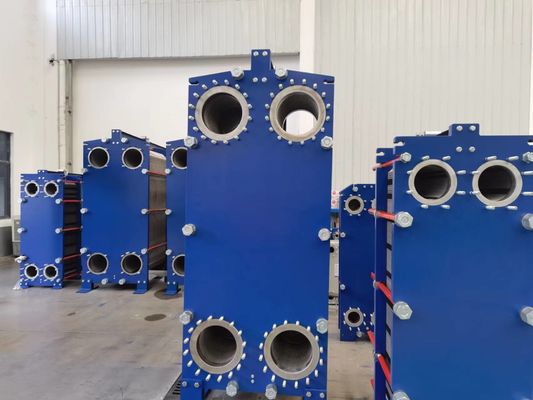A8 Series Gasket Plate Heat Exchanger Carbon Steel Material For Chemical Industry
Detachable plate heat exchangers find applications in various industries, including but not limited to:
HVAC industry: Detachable plate heat exchangers are used in heating, ventilation, and air conditioning systems for heat recovery, heat pump systems, and hot water supply.
Chemical industry: Detachable plate heat exchangers are employed in chemical processes for heating, cooling, evaporation, and condensation operations, handling a wide range of chemical media.
Food and beverage industry: Detachable plate heat exchangers are used in food and beverage processing for heating, cooling, sterilization, and concentration operations, such as milk heating and juice cooling.
Pharmaceutical industry: Detachable plate heat exchangers are utilized in pharmaceutical production for heat sterilization, cooling, crystallization, concentration, and solvent recovery applications.
Power generation industry: Detachable plate heat exchangers are employed in power plants for waste heat recovery systems, improving fuel efficiency and reducing carbon emissions.
Oil and gas industry: Detachable plate heat exchangers are used in the processing of oil and gas for heat recovery, cooling, and steam condensation operations.
Metallurgical industry: Detachable plate heat exchangers are employed in metallurgical furnaces, smelting, and refining processes for cooling and heating operations, enhancing energy utilization efficiency.
Pulp and paper industry: Detachable plate heat exchangers are used in pulp production for heating, cooling, and concentration operations.
In summary, detachable plate heat exchangers play a vital role in various industrial sectors, enabling heat recovery, energy conservation, and process optimization.



Materials:
The choice of materials for detachable plate heat exchangers depends on the specific application and the properties of the fluids being handled. Commonly used materials for the plates include stainless steel, titanium, nickel alloys, and various corrosion-resistant alloys. The selection of materials ensures compatibility with the operating conditions, including temperature, pressure, and fluid corrosiveness, to ensure optimal performance and longevity. The gaskets used to seal the plates are typically made of elastomers, such as Nitrile (NBR) or EPDM, which provide excellent sealing properties and resistance to fluid media.
| TYPE |
A(mm) |
B(mm) |
C(mm |
D(mm) |
E(mm) |
Height ( mm ) ( from middle of bottom to ground ) (mm) |
MAX.LC (mm) |
Connector Path ( mm )
(mm)
|
Max Flow ( m3/h ) (m3/h) |
Design Pressure (Mpa) |
Max Pieces |
| A8 |
N(2.3+X) |
200 |
70 |
750 |
656 |
51.5 |
500 |
28 |
18 |
10/1.6 |
95 |
| A7 |
N(2.3+X) |
300 |
126 |
660 |
394 |
160 |
500 |
60 |
36 |
1.0/1.6 |
200 |
| A14 |
N(2.3+X) |
300 |
126 |
960 |
694 |
160 |
1200 |
60 |
36 |
1.0/1.6 |
200 |
| A19 |
N(2.3+X) |
382 |
192 |
995 |
701 |
165 |
1200 |
66 |
36 |
10/1.6 |
250 |
Workshop :

Delivery :


 Your message must be between 20-3,000 characters!
Your message must be between 20-3,000 characters! Please check your E-mail!
Please check your E-mail!  Your message must be between 20-3,000 characters!
Your message must be between 20-3,000 characters! Please check your E-mail!
Please check your E-mail! 



